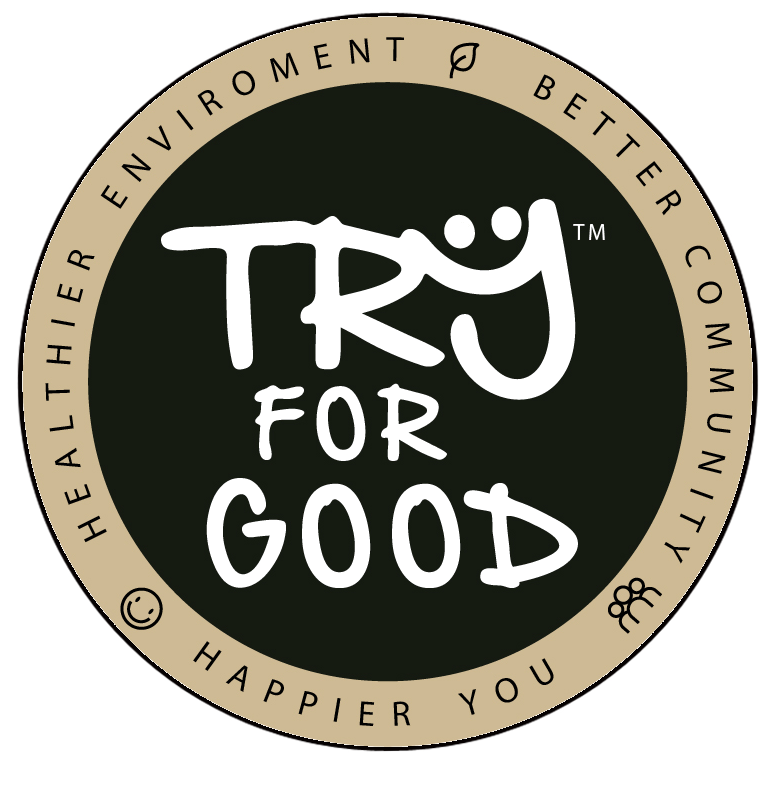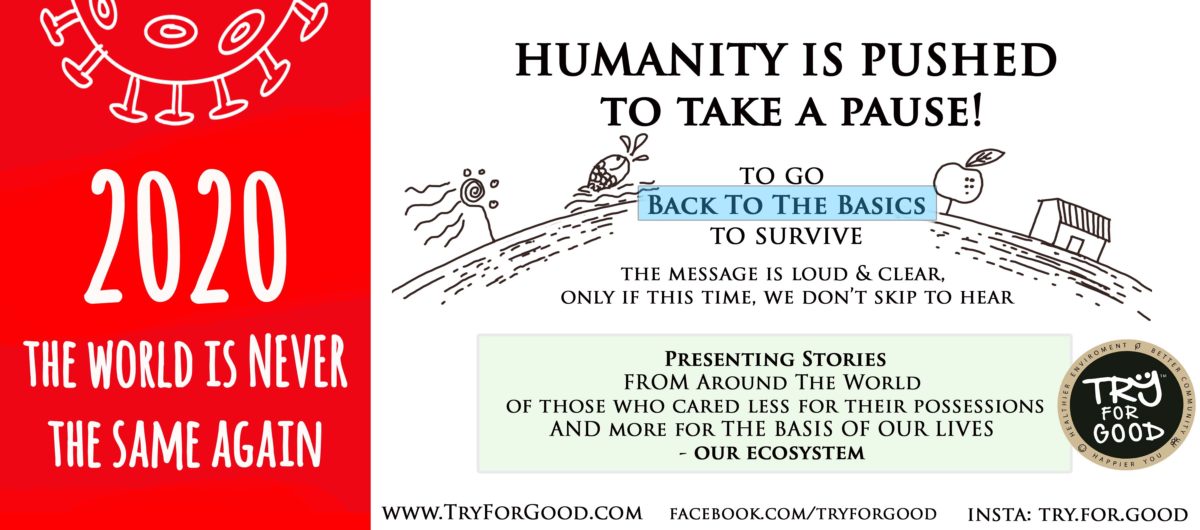The key to clean air is
AIR QUALITY MONITORING
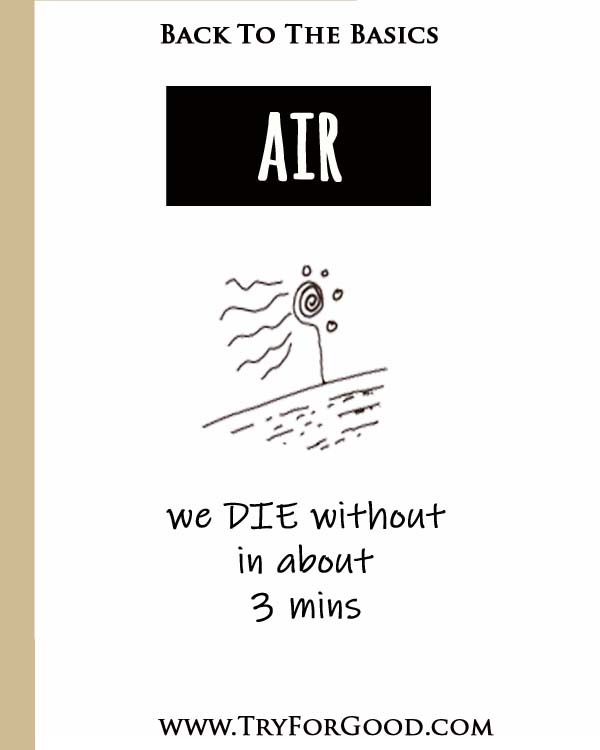
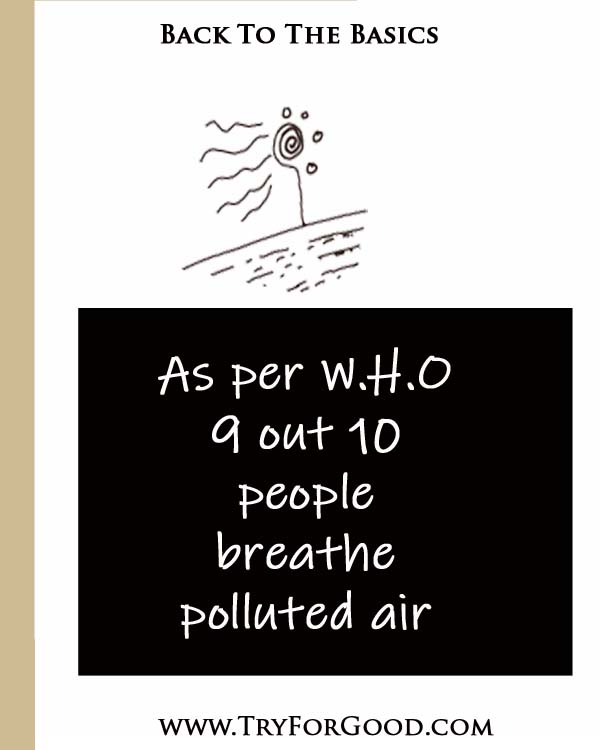
From allergies and asthma, to severe respiratory and cardio-vascular diseases are known to be caused by air pollution. It is because of the air pollution that microbes tend to stay longer in the atmosphere. Long exposure weakens our lung capacity and we become more vulnerable to respiratory diseases like SARS (COVID).
There are many ways to measure air pollution, but a key indicator is called "PM 2.5" — one of the most harmful classes of airborne pollutants. The WHO recommends keeping PM 2.5 levels to about 10 micrograms per cubic meter.
The key to clean air is AIR QUALITY MONITORING.
Due to lack of proper monitoring solutions, the enforcement of regulations gets loose. With proper monitoring solutions, you can force down the big polluters. This idea sparked in young David Lu, and he came with his innovation through CLARITY services.
Large, expensive instruments that are permanently installed in fixed locations have limitations in scalability and real time data. Thus, citizens cannot be equipped with the correct information on the air quality they breathe. With growing industrialization, urbanization, population and vehicular pollution; we need smarter and scalable technologies to monitor air quality.
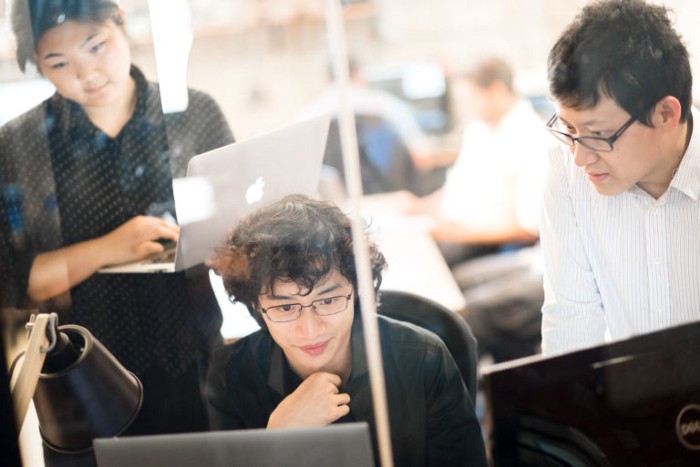 David Lu with Team, Photo credit: Team Clarity
David Lu with Team, Photo credit: Team Clarity
David and his team realized this through real-time data and hyper-local information. They were backed by CITRIX Foundry accelerator program at UC Berkley. They have smaller, low cost, portable, IoT enabled sensors to map and monitor air quality. Their smart technology is inclusive of software, hardware powered by sun and connected to the cloud through cell towers.
David’s clients include Government bodies, Advocacy and policy makers, Urban planning city administrators; who plan smart ways to give better atmosphere and health to citizens. While they save budgets and higher taxation, business owners save from penalties.
David is a young Atmospheric Scientist based in the USA. Growing up in Shanghai, China, he could feel the sharp contrast between the city pollution and the clean air on his vacation in forests and mountains. He participated in lot of campaigns for the awareness build, and later decided to choose Atmospheric Science for his studies.
To know more about David Lu and other Do Gooder Millennials, check
Inspiring stories of Millennials from around the world
Solar Water purification:
Technique leveraged with an indicator
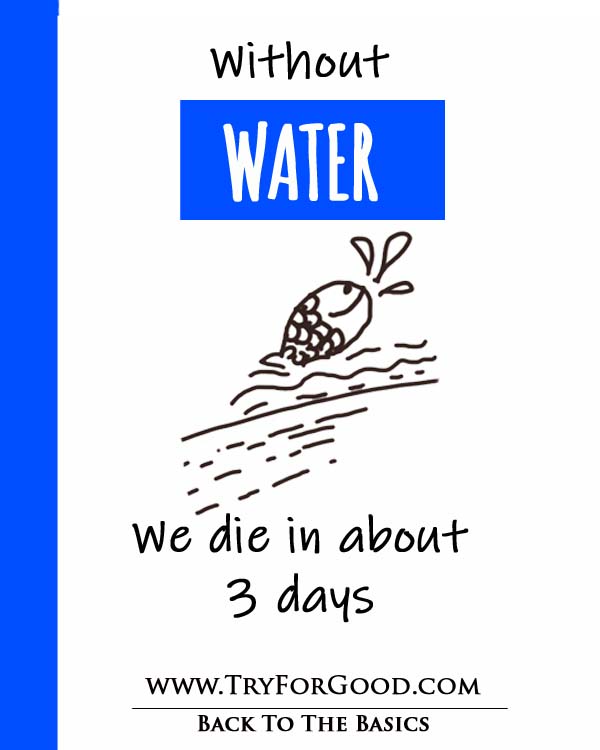
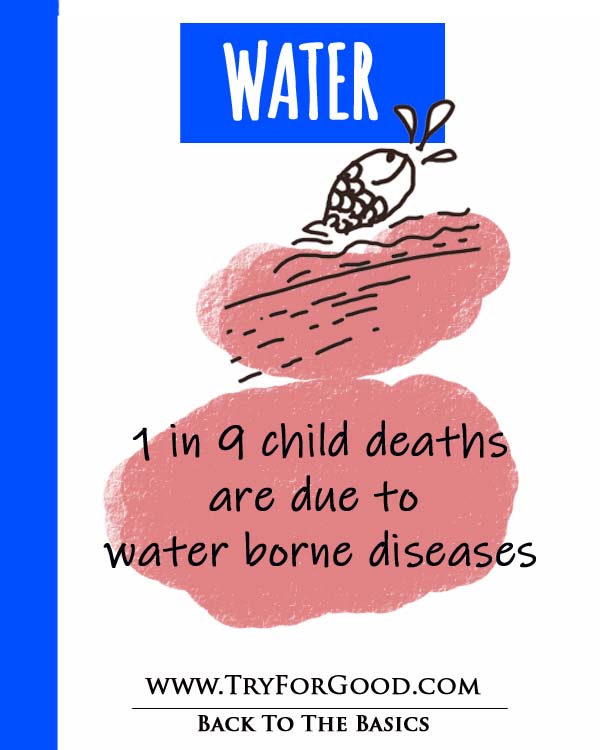
With the growing population, 2/3rd of the world will face water shortages by 2025. Safe water crisis due to poor sanitation impacts about 2 billion people across the world. People with water borne diseases occupy 50% of hospital beds in the world. Diarrhea is world’s third leading cause of death for children under age of 5, accounting for 1 in 9 child deaths worldwide. It impacts one million people in Brazil. A single gram of feces contains millions of viruses, bacteria and parasitic cysts
Solar Disinfection (SODIS) for water purification is recommended by WHO & UNICEF
For all these remote and inaccessible areas, really what is better than sunlight as a solution? There is no need of electricity or other resources. The ultra violet rays and infrared light from the sun purifies the water. But some bright ideas are simply not taken forward because of their limitations of user-friendliness. User empathy and innovation are the base line here to break the silos.
SODIS did have some limitations for its wider acceptance. Anna from Brazil simply cracked that. Definitely the key idea behind using this technology was to create a practical water filter solution that is available anywhere. But this Young Champion Earth stepped up to identify some key issues with its credibility as why people are not convinced with it. These were leaching of plastic in the bottles with water kept for solar purification. And the other big issue was the timing and uncertainty. The recommended hours for this are 6-48 hours which is a wide bracket and still people would not know if the water is purified; because there is no indicator!
With her mission of ‘Safe Drinking Water for All’ she floated Aqualuz and has been upgraded her prototype solution the 11th time, with regular customer feedback. Cost effectiveness and eco-friendliness are central to her vision. With her vision for making lives better, Anna has crossed the borders from beyond Brazil and is providing solution in Africa as well.
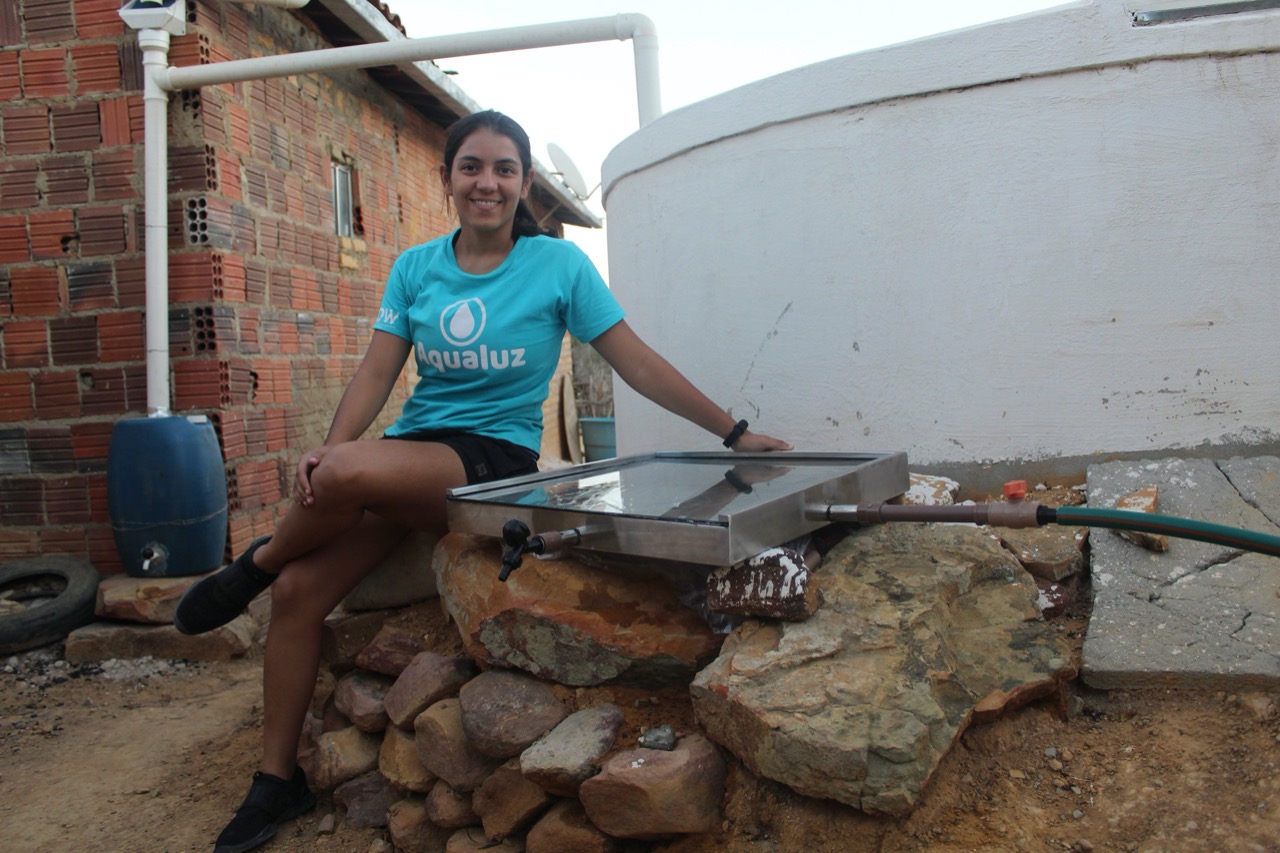
Anna Luísa Beserra is a young biotechnologist and entrepreneur based in Brazil. Observing water crisis around in the poor communities, Anna really wanted to do something life-altering for them. She thought everyone deserves a good healthy life. And something as simple as potable water- it is every human’s right! She was quite motivated to do something to resolve this problem through water purification.
To know more about Anna and other Do Gooder Millennials, check
Inspiring stories of Millennials from around the world
Collaborative Farming:
Growing Food basket for the World
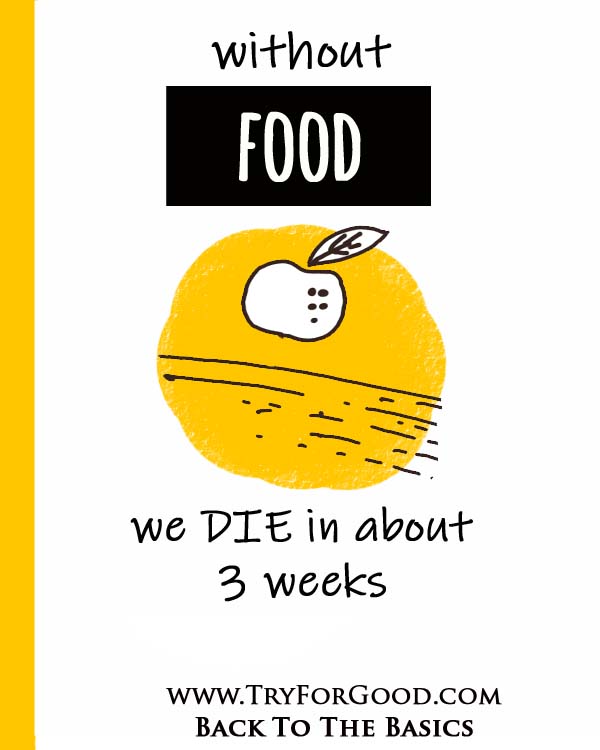
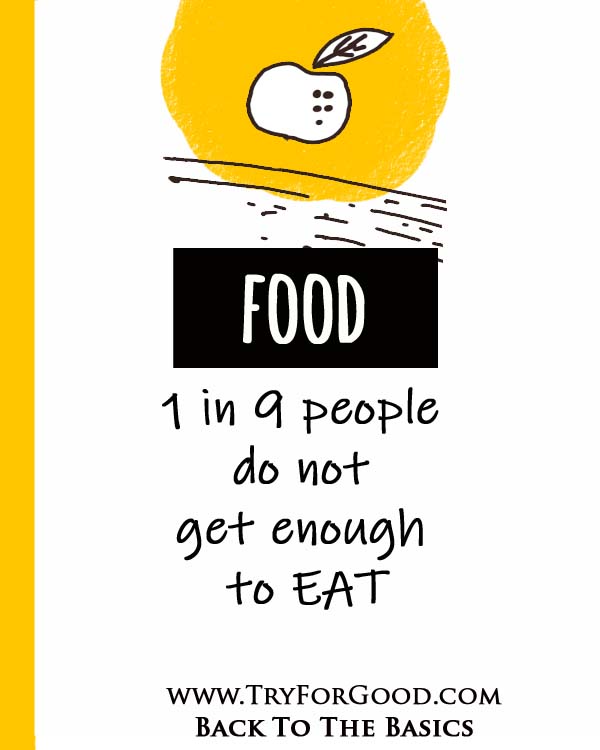
With the world population expected to grow to almost 10 billion by 2050, food demand is expected to grow by 50%. As of today, 1 in 9 people do not get enough to eat. The imbalance in the food production and consumption continues. In many developed countries overconsumption is leading to obesity and related diseases. But in so many developing and underdeveloped countries people are hungry and malnutritioned. Ironically, the people who grow food i.e. the farmers are the poorest hungriest people on the earth! Reasons are obvious- the lack of market access, modern technology and training. Younger generation is no longer interested in farming. They are moving to urban areas for better incomes and security. Who will grow our food then?
Emeka from Africa is contributing to the food basket of the world with his young energetic and enterprising mind. A country which has 60% arable land struggles with food crisis, poverty and malnutrition. Clearly, there is a huge gap between financing and farmers’ incomes. With his co-venture E-farms he decided to unlock finance for smallholder farmers. E-farms is an online platform that crowdsources funds from farm investors to finance small holder farmers and train graduates interested graduates in agriculture. It's an agri-financing and agri-learning platform.
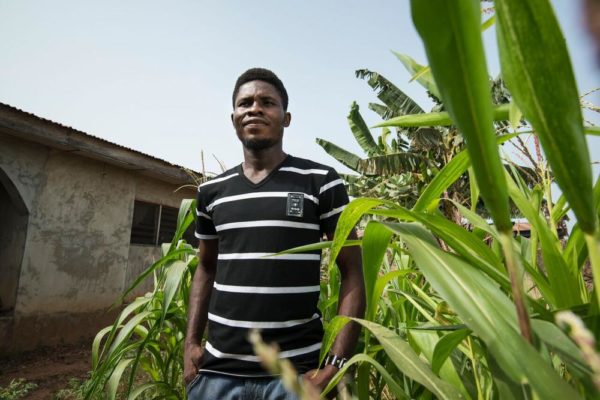 Photo Credit: Music Africa Awake
Photo Credit: Music Africa Awake
eFarms follows ‘Harambee’ (a Swahili word which means ‘pull together) model. This draws interest from investors, farmers, and youth and also from consumers. Their aim is to improve the average incomes of smallholder farmers in Nigeria by 50% and we hope to finance 1 million smallholder farmers and empower over 10,000 youths post-funding.
Emeka Nwachimere is a young techno-savvy entrepreneur who runs E-Farms in Nigeria, Africa. Emeka couldn’t raise enough funds to grow his first farm. But instead of giving upon it, he brainstormed with like-minded people who had similar struggles and challenges. Soon he was there with Impact Entrepreneurship. Emeka and team educate farmers with modern agriculture techniques and protection from losses. They were recognized among top 50 innovative start-ups in Africa.
To know more about Emeka and other Do Gooder Millennials, check
Inspiring stories of Millennials from around the world
Sustainable and Affordable Homes
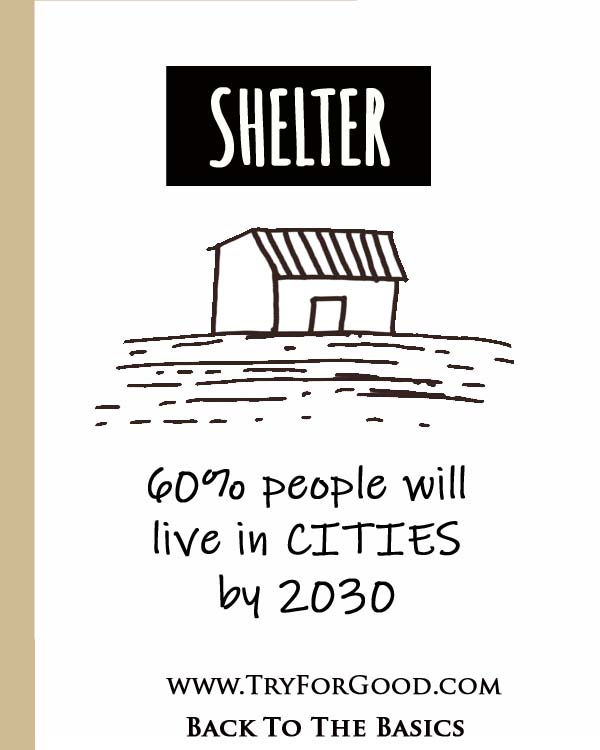
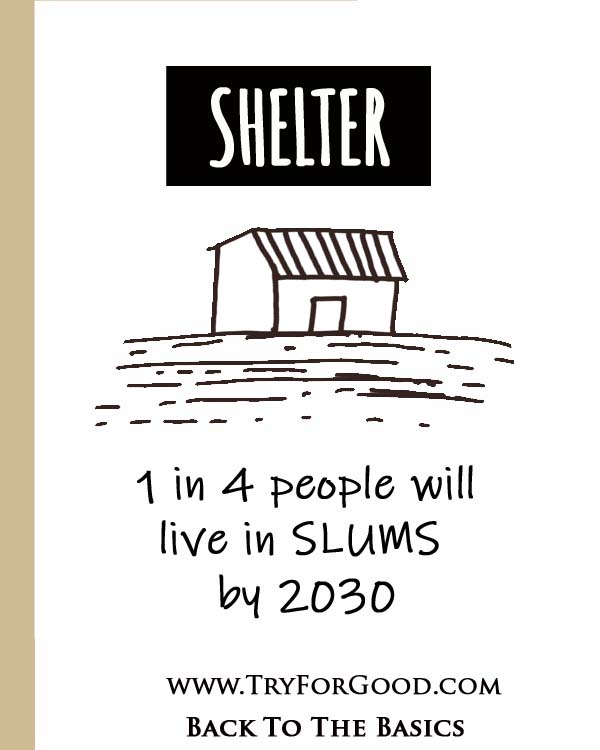
About 60% of the world population is expected to live in cities by 2030. According to UN- Habitat report, there may be about 2 billion people worldwide living in slums by then. That is about 1/4th of the world population. It is quite a great disparity as we think of establishing human habitats beyond earth; while right here on this planet, people are deprived of basic healthy, hygienic and sustainable spaces to live. Poor people are more vulnerable to climatic conditions and natural disasters because they cannot afford safe houses. It is estimated that 1 in 4 people on the planet will live in a slum by 2030. In developing countries, housing inequality will continue to grow because of rural to urban immigration.
Besides affordability, lack of technical guidance is one of the key issues of housing for the poor. Shriti decided to utilize her core expertise of civil engineering and construction management to resolve this problem. With her venture ‘Strawcture’ in India, Shriti addresses the needs of affordable housing keeping eco-friendliness at the core. Her yearlong fellowship in a village in Pandhana brought her closer to the simplistic lifestyle and needs of rural people. Built with mud, bamboo, tiles, tin or thatch roofs the houses are not durable. Heavy rains and wind blows can blow the roofs, break the walls, besides entrapping heat or cold in the extreme weather conditions.
Shriti uses bio-composites in her construction projects i.e. compressed agri-fiber (paddy straw, wheat straw, sugarcane bagasse) into dry wall panels. This gives profitable margins to the farmers while resolving the problem of air pollution due to burning agri-waste. These eco panels are bonded by a polymer to enhance its chemical and physical properties and make them weather, fire and termite proof and give them a life upto 70 years. The panels are 20% cheaper than conventional wall construction and require no maintenance post installation.
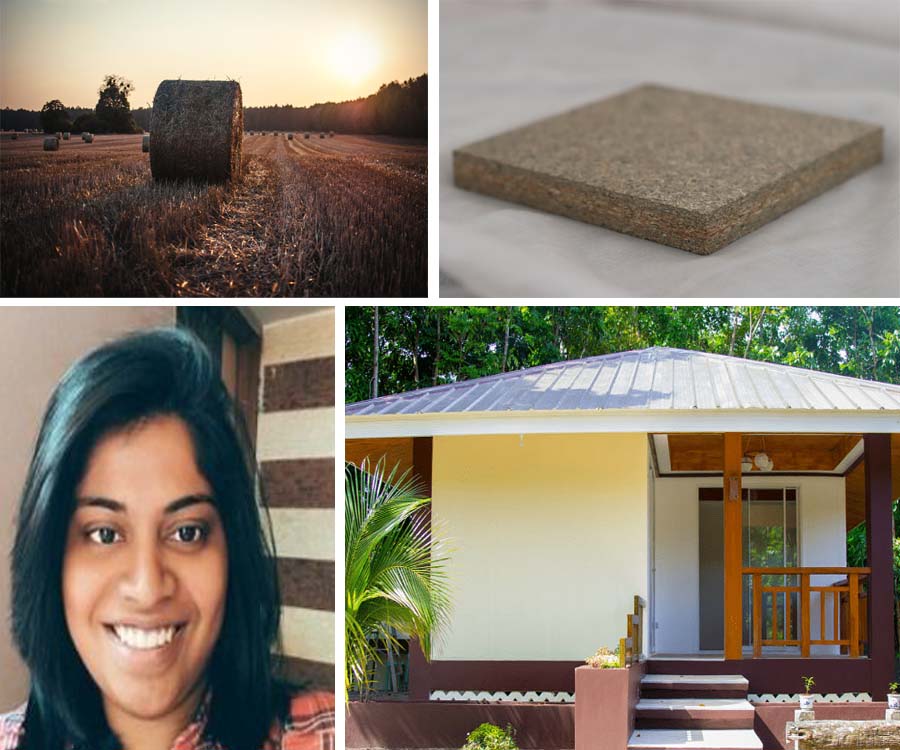
Shriti Pandey is Civil Engineer and a social entrepreneur doing hardcore civil and construction management in India. Doing higher studies and with kick starting a lucrative career in the city of skyscrapers- New York; somewhere she heard her inner calling. And soon she was back in the rural hearts of her own country working right from rural housing, to schools, temporary homes to even modular hospital buildings.
To know more about Shriti and other Do Gooder Millennials, check
Inspiring stories of Millennials from around the world
Upcycling to Sustainable fashion
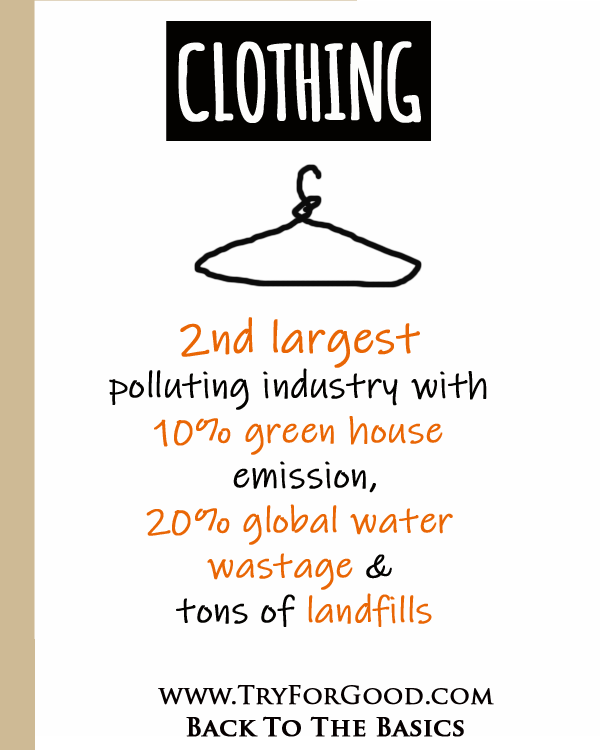
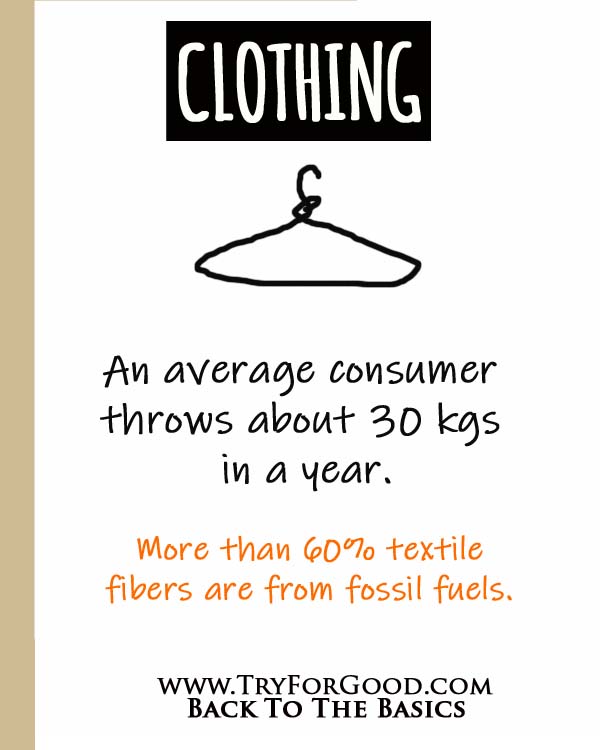
Somewhere in the 90s what started as a fast fashion with variety of clothing at not just affordable, but coffee cheap prices became a trend to stay. People started buying what they do not need and throw it off in no time. In the US purchase of new clothes tripled since 1960s. And soon the economic shift in the Asian regions saw a similar trend. Whatever happened to the repair and lifetime possessions or passing on to the next generation culture!
Fast moving fashion is a huge challenge for our ecosystem. Beyond consumption of water, power and other resources, pollution and carbon emission; the biggest issue has become landfill! On an average, in the last two decades there has been a 60% rise in people buying new garments. Of course, they were trashing the old ones, even before they are worn out! Most of which end up in the landfills! With about 60% fiber made from fossil fuels, we cannot even imagine the cost that our ecosystem bears for our fad and fancy for fast fashion.
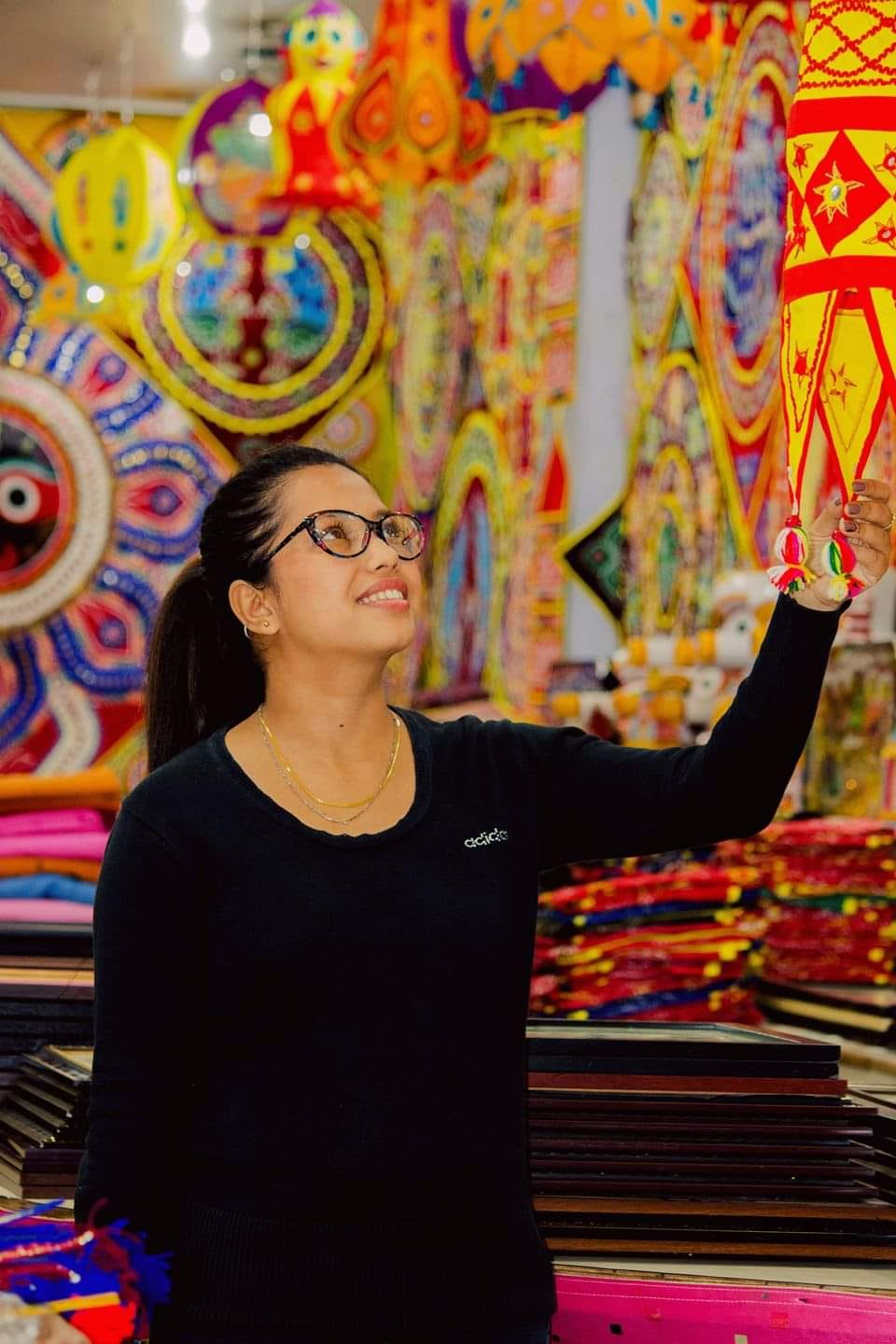 With the dawn of sustainable fashion, there are a lot of trends for brands offering rentals, lifetime repair, upcycling, reselling, doing charities and swearing to not burn the deadstocks, using sustainable fabric or minimize water consumption etc. However, a young fashion designer, an inherent junkie from India, found her opportunity right at the stitching floor! As per the reports about 15% of fabric goes to landfills directly from the cutting room floors.
With the dawn of sustainable fashion, there are a lot of trends for brands offering rentals, lifetime repair, upcycling, reselling, doing charities and swearing to not burn the deadstocks, using sustainable fabric or minimize water consumption etc. However, a young fashion designer, an inherent junkie from India, found her opportunity right at the stitching floor! As per the reports about 15% of fabric goes to landfills directly from the cutting room floors.
As a kid young Benorita would not throw away stuff and neither just keep hoarding them, but re-create them into something fresh. There is an answer with upcyling and creativity.
Benorita Dash is a sustainable fashion designer and entrepreneur with her brand Ladyben inBhubaneswar, India. Not so sure about her path until figuring out about Sustainable Fashion as a Masters degree course, she was able to combine her passion with profession. Since then it’s been no looking back. Benorita has done her own fashion shows, and is a registered designer with Govt. of Orissa.
To know more about Benorita and other Do Gooder Millennials, check
Inspiring stories of Millennials from around the world
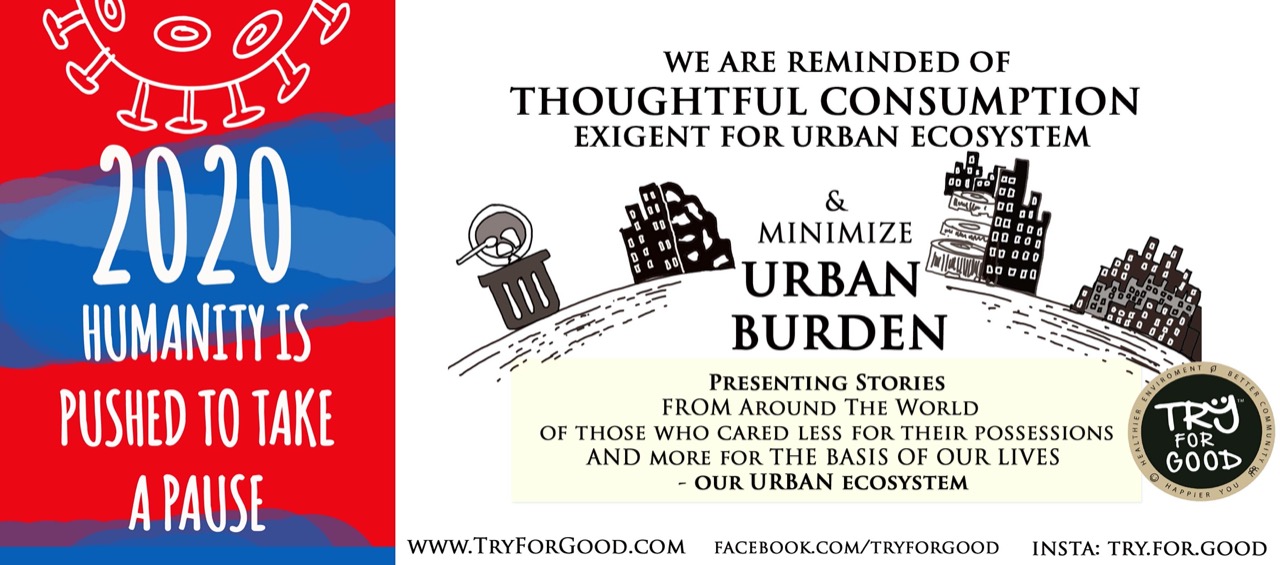
Urban Trends: Minimize Food Wastage to Meet Hunger Fulfilment
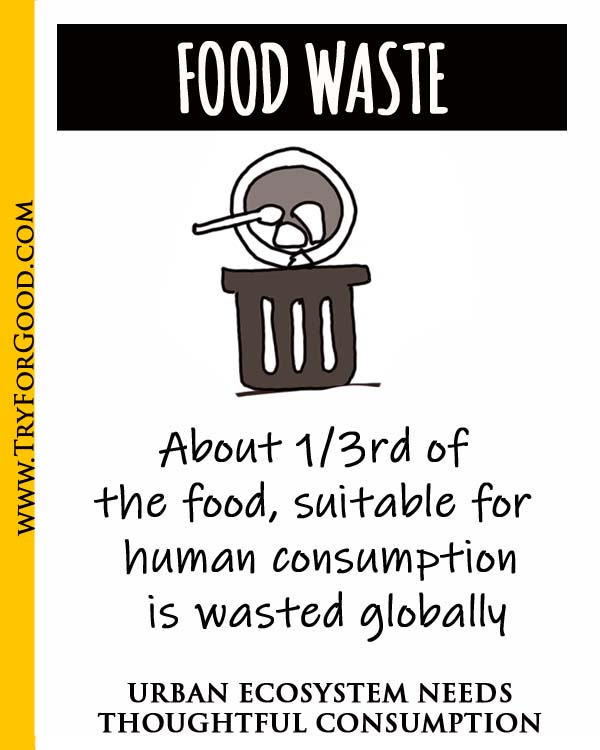
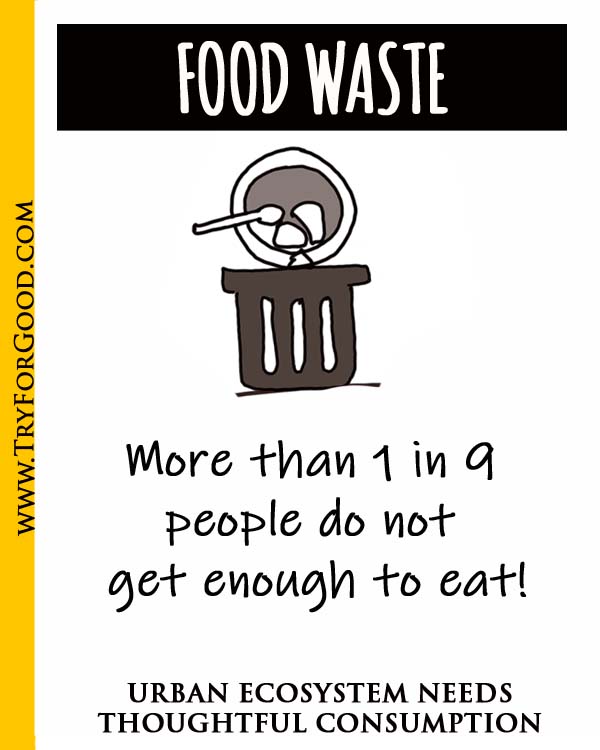
URBAN- the word unfolds many layers… with food as a quintessential part of it. Restaurants, diners, street food with diverse cuisines which the immigrants bring to cities with them, make it a melting pot of cultural fusion. The cities keep expanding with growing number of population surging food demand. What appears as young, vibrant, exciting and just the perfect place to be at; actually holds enormous competitive burden on the ecosystem. Urban spaces hog croplands and have more number of people to feed! But an even bigger burden is FOOD WASTAGE.
Globally, in a year, it is around 1.3 billion tons of food that gets disposed as waste in the foodservice sector (FAO, UN). That is about 1/3rd of the food, suitable for human consumption. Developed countries waste at least about 10 times more food (per capita) than the developing countries at the consumption levels. Ironically, around 10 million people are undernourished in the world. More than 1 in 9 people do not get enough to eat!
There are many conscious steps coming towards minimizing food waste and meeting hunger. Right from using the stocks, vegetables or peels in the most creative and nutritious blends; to composting all the food waste to grow their own organic vegetables and herbs. But consciousness can be a more collective, resonating and far reaching. Instead of just some green business owners or some conscious consumers, it could be meant for all. With intelligent solutions such as IoT, the hunger map can be addressed in a more effective way. No pinch felt to the pockets and all goodness felt in heart by feeding the hungry around the globe; millennials with technology at their fingertips make it all possible. One such youngster is an enterprising Kaoru Joho from Japan.
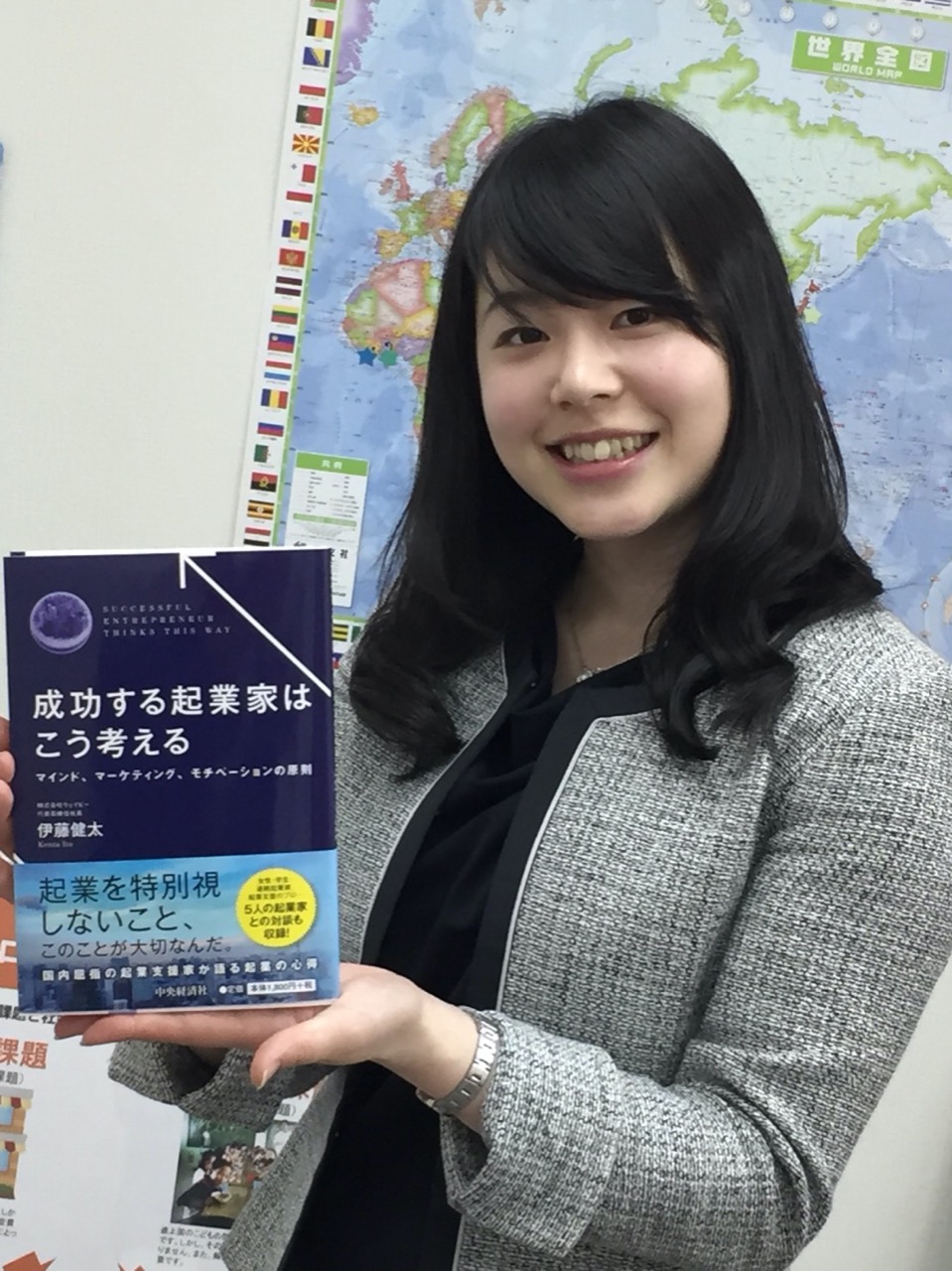
Kaoru Joho is a young entrepreneur based in Tokyo, Japan. Kaoru is passionate about creating shared value that could meet the goals of sufficiency economy. Starting from TableCross, Kaoru is now also successfully managing byFoods with her partner Serkan Toso as they combine their vision for the UN’s ‘Zero Hunger’ goal.
To know more about Kaoru Joho and other Do Gooder Millennials, check
Inspiring stories of Millennials from around the world
Waste, landfills, ocean plastics is everyone’s business
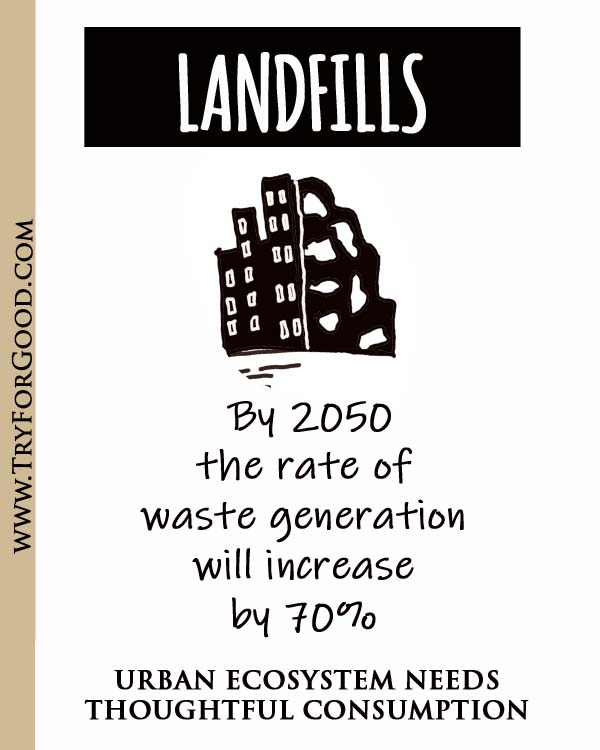
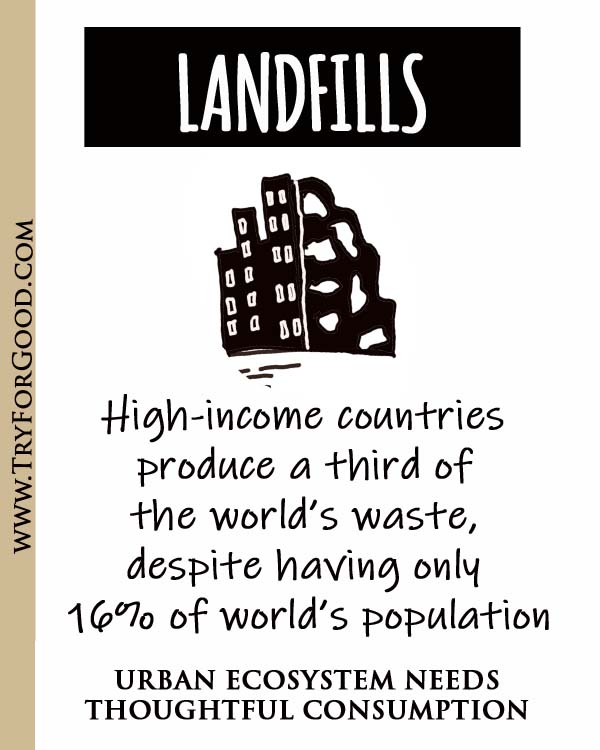
Growing urbanization also comes with growing pressure on the urban ecosystem. Population density in the urban areas makes the urban metabolism sluggish, as cities become centers for garbage production. One of the biggest challenges is the battle of solid waste- heaps of landfills, which continue to multiply with the ‘throw away’ culture. Countries are alarmed for the wastelands growing to the size of their megacities! As per the World Bank reports, the rate of waste generation will increase by 70% over the next three decades (by 2050) i.e. 3.4 billion tons of waste in a year.
Waste is threatening our lands, our oceans and our entire ecosystem. Waste and landfills just does not impact the environment, but it is adverse for the human health as well. This, in turn impacts productivity and livelihood. Unfortunately only about 20% of the waste is recycled as of now. Enormous trash is dumped in oceans; or worse about 90% of it gets shipped to the poor countries which already lack in adequate disposal or treatment! Landslides of trash heaps have buried many poor homes while their lives are spent in these hazardous conditions.
Apparently solid waste is everyone’s business! - To minimize, to recycle and to segregate waste. Many of us depend upon the Government and municipal authorities’ advice, action and protocol. But some people- especially youngsters around are taking the monster by its horns. They are already practicing minimalism themselves, they are educating others and above all they are minding it as completely their business- in its true sense.
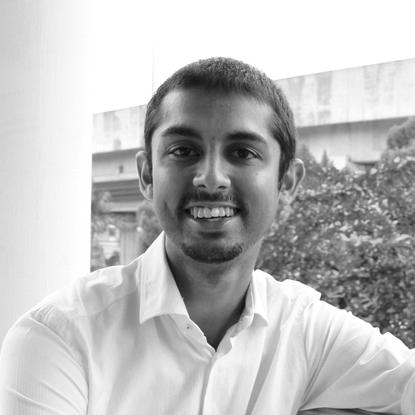
Rashvin from Kuala Lumpur, Malaysia could not settle with any other attractive jobs as he was listening to his inner voice. He promotes a culture of sustainability in a big way in the city and beyond. With his upcycling and art installation venture Biji-biji, he and his team received many awards and accolades. Moving forward, he came with a big interactive area (Mereka) in the busiest market place to attract youth, and give hands on training on upcycling- with wood, metal, fabrics, electronics and a lot of other scrap.
Rashvin Pal Singh started his career as management consultant at the reputed PWC after his MBA. But this finance wizard was much perturbed by leaving his surroundings only for the Government and the municipal bodies. With like-minded fellow colleagues soon he was ready to part of the circular economy, - minimizing or upcycling waste- creating ethical fashion, alternative energy solutions, and art installations. What more? The team educates and empowers youth in the same direction.
To know more about Rashvin and other Do Gooder Millennials, check
Inspiring stories of Millennials from around the world
Restoring Forests as Urban Jungle engulfs them
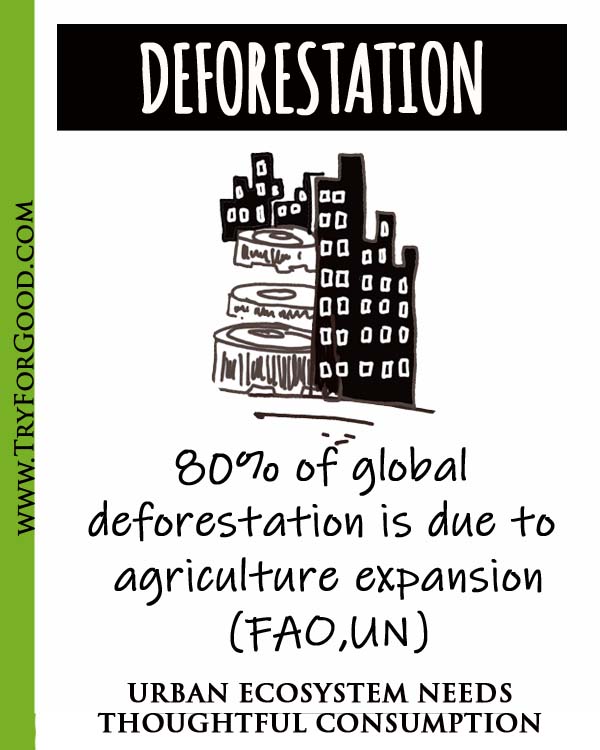
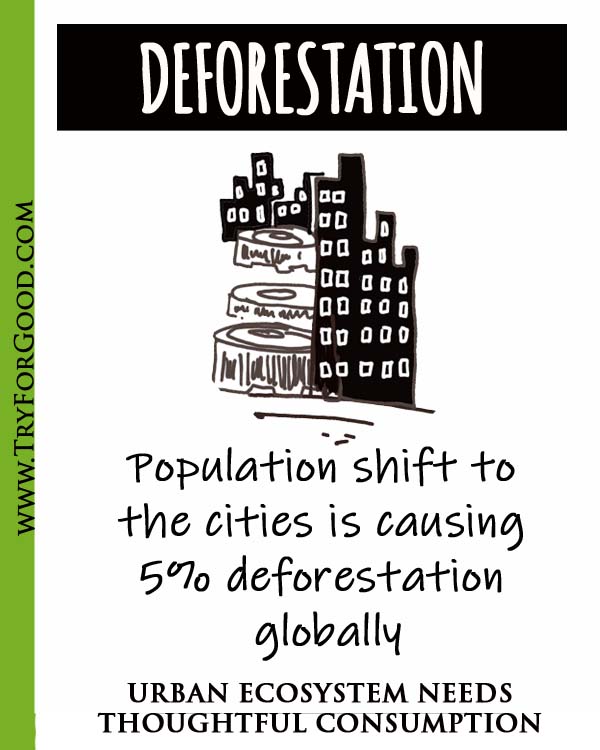
Half of the world population lives in cities already. By 2050, 2/3rd people of the planet will be dwelling in cities. Urbanization is accelerating. It might be good for equal opportunities for growth, income and lifestyle. But it does come at the cost of environmental degradation; ultimately bringing adverse impact on human health and other living beings. Urban development requiring deforestation is a great threat to loss of biodiversity; which play an important role in balancing the ecosystem. Forests are a habitat to 80% of animals and plants. Right from cleaning the air and water, to holding the soil, preventing from natural disasters to climate regulation and many other ecosystem services is all that our forests provide without any charge (And so we undermine them!)
Among all other major impacts of greenhouse emissions, climate change, soil degradation, water scarcity; deforestation is putting tremendous pressure on our animal and plant species. Many efforts are now being made in the direction of reforestation and even afforestation. The new models of city planning are creating green spaces understanding the vitality of vegetation in the urban areas. But there is a difference between creating the green golf courses for a luxurious sight and conserving the native flora and fauna.
Native species do not require much maintenance which saves on resources and expenses. They are also important to conserve the habitat where the plant and animal species are all inter-connected. This requires experts to step forward and conserve what belongs to that habitat. Someone like Ricardo from Sao Paulo, Brazil;- a Botanist and a landscaper at Sao Paulo (Brazil) tirelessly growing pocket forests in the cities.
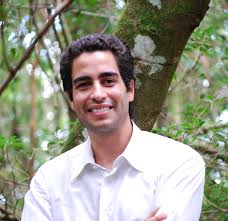
Ricardo Cardim is the creator of the Floresta de Bolso (Pocket Forest). The technique is helping to restore the Atlantic Forest in the city of São Paulo. Being a botanist and a city landscaper, Ricardo has great understanding of native plant species. He creates small pockets of such plants which are indigenous, require minimum maintenance, are fast growing and attracts birds and other pollinators important for the ecosystem.
To know more about Ricardo and other Do Gooder Millennials, check
Inspiring stories of Millennials from around the world
Collaboration instead of Competition: Creating Sustainable Spaces
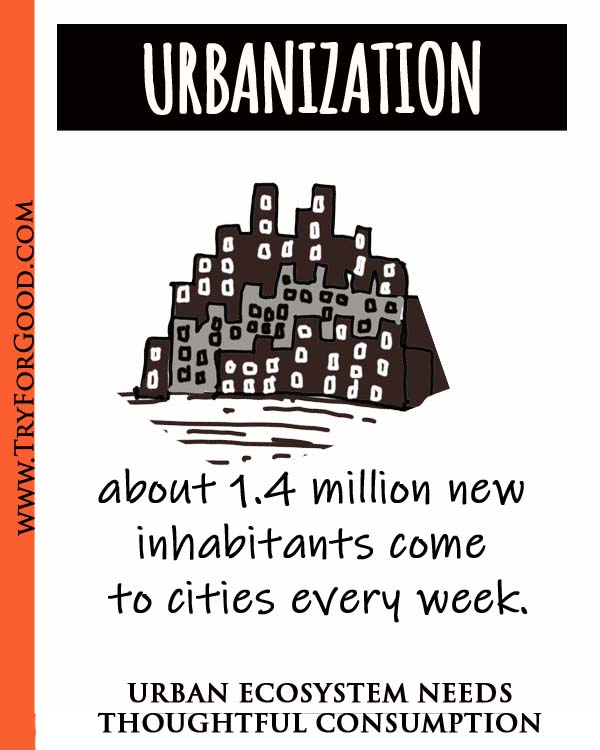
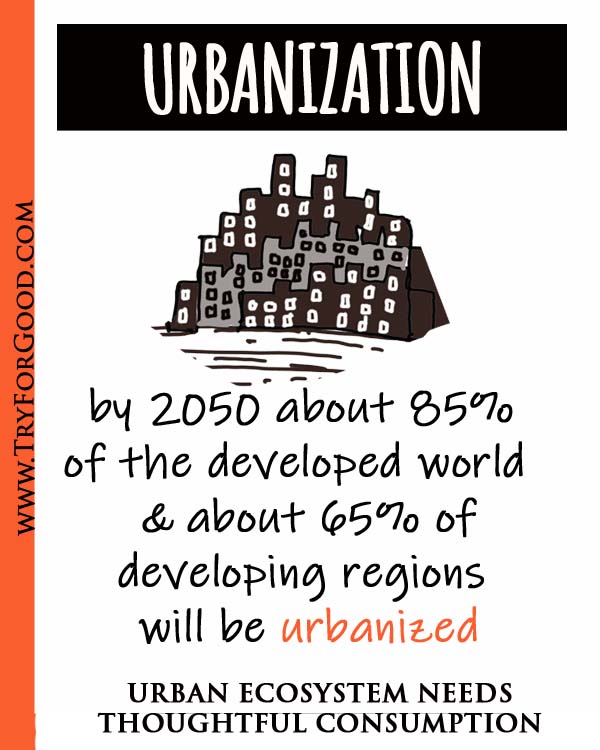
Urbanization is no different from old civilization where tribes would move together for better availability of food, water and shelter. Similarly, cities attract people for all the betterment- education, lifestyle and opportunities; just from all diverse geographies and ethnicities. That is how cities become an attractive melting pot of cultures. However, for last so many decades’ cities were more about ownerships. Facilitated with the networks of roads and the possessions of cars, homes and other assets, people have been more competitive.
Results are evidentially in every city- parks converted to parking lanes, streets became noisy, chaotic, polluted, and stressful; apartment complexes became tight spaces with least of interactive or recreational zones; and some green patches which disappear with urban burden. While a lot is being planned for the smart cities, urban development, green zones; there is an ever soaring need of space solutions and better urban living. For the same reason the new migrants in the cities- the millennials and the Gen Z resort to better solutions addressed through collaboration instead of competition i.e. shared economy.
Sharing homes to rides, workspaces to peer-to-peer to lending; the new generations are minimalistic in terms of ownerships. Thus they live a more hassle-free life on maintenance or paying loans while channelizing energies for the greater good. From communal gardens to multi-purpose outdoor spaces urban spaces are rekindling the charm of the cities. What started from sharing technology and digital spaces for music and other content, soon became a norm in other physical spaces too. Airbnb and Uber earmarked the dawn of shared economy. The economy indeed got a hit due to Covid-19, but it is to stay and grow with the new norms.
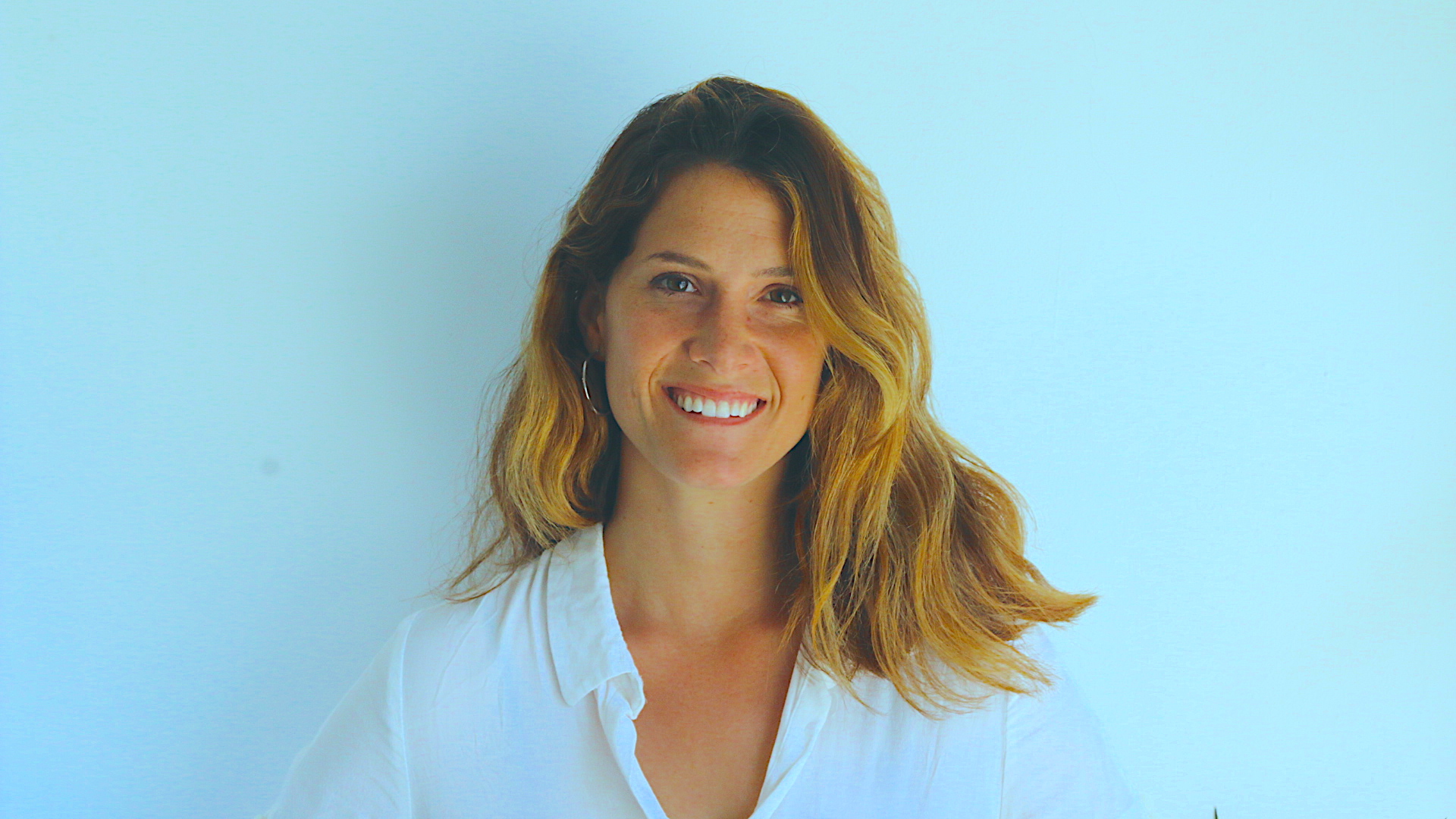
Yael - an environmentalist, activist and a social entrepreneur caught on early with urban planning due to her love for the environment and ecosystem and urban lifestyle at the same time. To have the best of both the worlds, apparently she created one. At least a solution that contributes big time in saving spaces- Tulu
Yael Shemer grew up in Lehavim, did her high school in North Carolina, USA. She did her bachelors and masters in Environmental Science at Tel Aviv. She was a part of student exchange program in Paris where she also understood about the Climate crisis. Tulu is her venture with her partner Yishai who is an architect.
To know more about Yael and other Do Gooder Millennials, check
Inspiring stories of Millennials from around the world
Happier people can make the world a better place
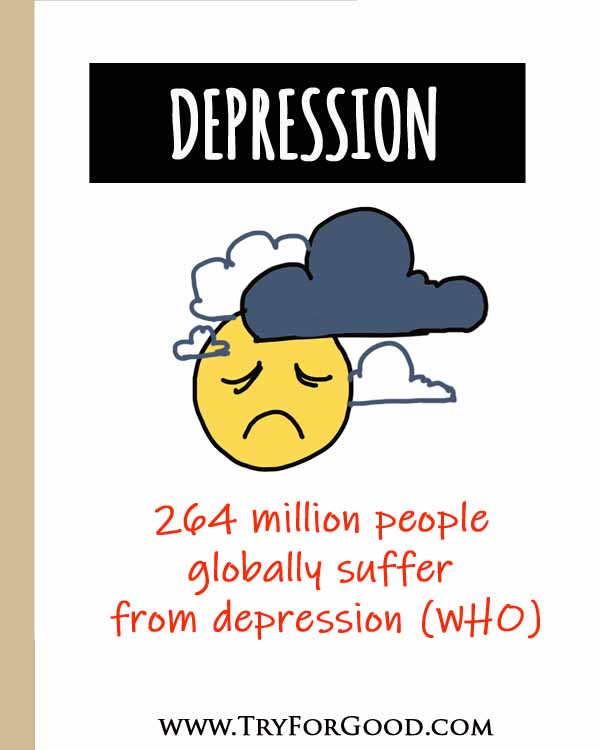
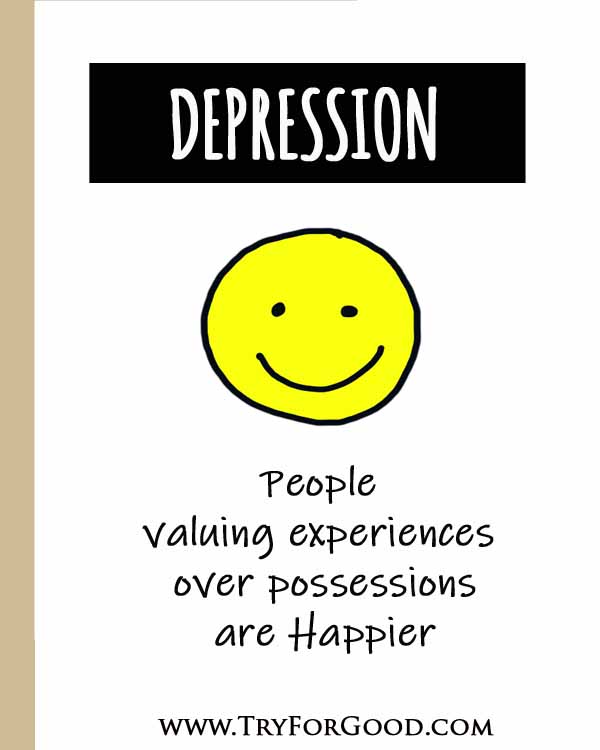
Unsustainable development is a hot topic which is of everyone’s concern. Everyone loves green planet and appreciates environmental conservation. But the problem is that our actions differ from our minds. This calls for mindfulness. Our actions are mostly based on the desires that we tend to create from the societal influences and peer pressures. There is a nature’s cycle to create and absorb it back. Everything is recyclable in nature. As human beings, we are also products of nature- we take birth, die and dissolve back in nature. But in our journey of our lifetime, we all go for materialistic acquisitions. The sad part is that we go beyond from security and comfort to hoarding, accumulating and showing off. These are the seeds of negativity- making us want more, possess more, consume more. We do not realize the impact of our actions leading to environmental and societal destruction including the impact on future generations. For environmental sustainability it becomes really important to maintain inner sustainability, which can be achieved through meditation for mindfulness. The more we are mindful and aware; we are going to get less carried away into the actions that we do not want to do.
James Gustave Speth, an environmental advocate, shares that what he used to consider as a job of scientists i.e. overcoming biodiversity loss, ecosystem collapse and climate change, is rather a need for exploring and transforming our spiritual and cultural dimensions. Japanese environmental thought leader Junko Edahiro beautifully describes climate change and biodiversity loss as symptoms to the underlying root problem of what we consider as ‘happiness.’ She shares concern over planet earth’s limited resources and that we cannot continue limitless economic growth (Ref: ourworld.unu.edu). Instead of money and materialistic acquisitions as the parameters of success; we need to shape our societies with self fulfilment and self-actualization. This will generate sustainable happiness and thus sustainable actions from collective consciousness.
In Asian cultures, people have lived being more in touch with their roots, values and wisdom which has been more harmonious with nature. Festivals and familial bonding are preferred over materialism. However, as the economic drivers have shifted to the East, the scenarios have changed drastically. The plight is that given the population on the Eastern side, we cannot afford the materialistic lifestyle as that of the West.

Kyla Mitsunaga, a happiness coach who calls 5 countries “home” has been spreading healing and happiness across the globe. She has traveled about 50 countries conducting coaching, workshops and healing sessions. Kyla believes that ‘Happier’ people CAN absolutely make the world a better place, because they have a CAN do attitude, so anything and everything is possible for them, and therefore the world!
Kyla also practices Theta Healing® is a meditational healing technique that creates emotional, physical, psychological and spiritual healing using focused prayer through a higher power. When you are able to connect to a higher power, your brain waves automatically go into a theta state. She shares that everyone wants to be happy, but they don’t truly know themselves well enough to understand what makes them happy, so they stay in things that society tells them will make them happy: alcohol, drugs, shopping, and other distractions. How does one can get to know himself/ herself better? Perhaps we get so intertwined with societal wants and our own desires…that we are unable to differentiate! In her book With vs. AT she urges “Be WITH yourself as much as possible. Only then can you truly be WITH others.”
Kyla Mitsunaga is a Global Happiness Coach/ThetaHealing® Coach, a workshop trainer, and Founder of WITH Warriors LLC. She is also a speaker, author and an award winning Professor. In 2012, she was invited to be a TED@Seoul speaker. She recently trademarked her TED Talk title WITH vs AT and turned it into a book as well as a retreat. She has authored ‘With vs.AT’ and her latest book is ON GROWING- thoughts from the field.
To know more about Kyla Mitsunaga and other Do Gooder Millennials, check
Inspiring stories of Millennials from around the world
Infinite Social Interaction: Cultural shocks
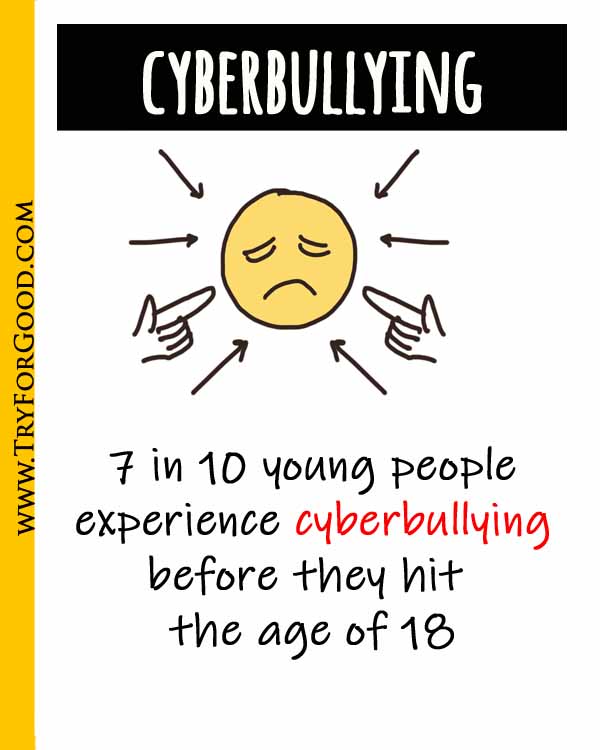
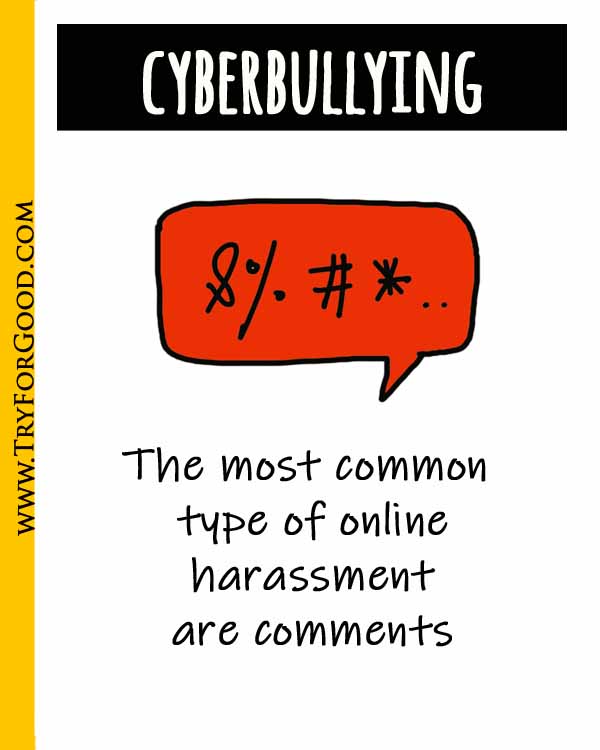
In today´s world people from different cultures, diverse demographics and socio-economic profiles are interacting on a daily basis more than ever before. What started somewhere nearing year 2000 for networking and socializing; soon became a global culture. Being on social media gave people flexibility and freedom to reach maximum number of people without getting intimate with them. At the advent of it, who would have thought that it will not be just the millennials or younger generations, but the older generations who were not computer or net savvy will also habituate to it. As humans we all love conversations and the power of being in touch constantly give a lot of emotional security. Besides, the social circle seems ever expansive. We all like to get noticed and lauded. Social media gives us that dopamine boost with all the likes, positive comments and the fun emojis. There are lot of other upsides such as learning, collaboration and motivation. There is also the power shift in people’s voices where the businesses, brands, political leaders and society influencers etc. can’t just build a bubble which people can’t prick. But as they say, everything has a down side to it. There is also immense negativity and open criticism that comes and multiplies sometimes causing irreversible impact.
On social media people are not interacting face to face with each other or in front of other people; apparently all their behavioral guards are dropped. If they get too emotionally sensitive about something, they react without caring for the emotions for the other people- almost being insensitive! Social media is a space for which people were never taught any ethics or etiquettes and suddenly it was an expressive power with all and sundry. The code of conduct which we learn from our upbringing, education, social rules or law and order seem to evade in this arena. There is anger, violent behavior, trolling, low self-esteem, narcissism, fake lifestyles, fake news and also intrusion in personal lives. Cyber protection and artificial intelligence cells in the organizations are resorting to psychologists and anthropologists. Thankfully, these professionals are not restricting only to the academic research studies but are coming forward to with practical solutions to take some control.
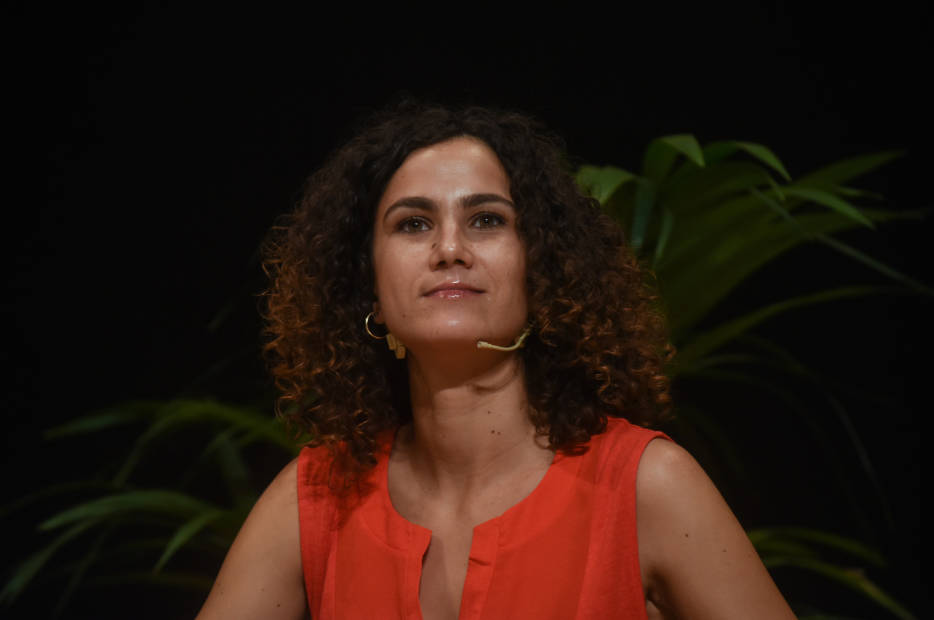
Veronica is one such anthropologist who launched Anthropologia 2.0. It is a new way of understanding it and applying it in Spanish speaking contexts. Her work is broadly around thick data which is qualitative data about people behavior. Big data cannot reveal people behavior which is every data engineer’s dream. That’s where ethnographies play a vital role bringing contextual understanding with greater insights to data. Her research work is more applied, solution-oriented, collaborative that also reflects on the future of humankind. She helps organizations with VUCA (volatility, uncertainty, complexity and ambiguity) combining anthropological theory and methodologies with models to predict future scenarios, and nudge certain behaviors that can be beneficial.
Veronica Reyero Meal graduated in Social and Cultural Anthropology (Univ. of Granada) and did masters from University of Valencia. With special focus into consumer issues, Veronica has exposure of working in transnational markets.
To know more about Veronica Reyero Meal and other Do Gooder Millennials, check
Inspiring stories of Millennials from around the world
Travel makes you take an inner journey too
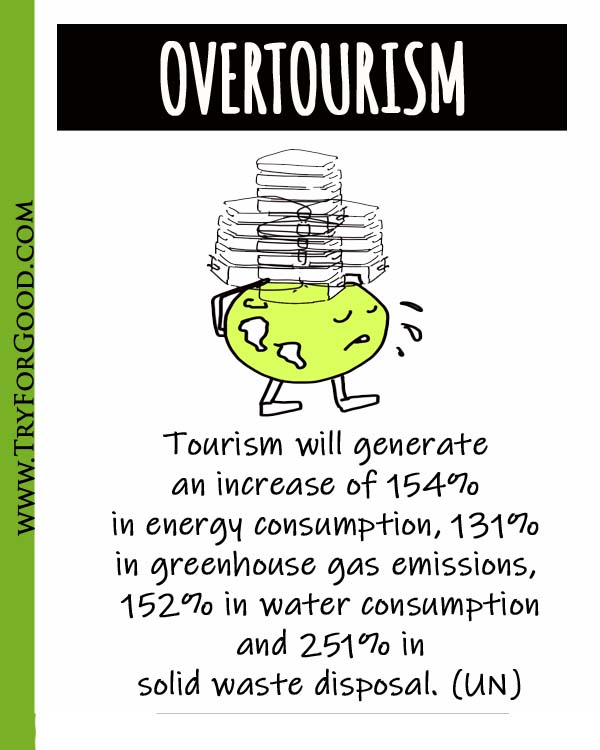
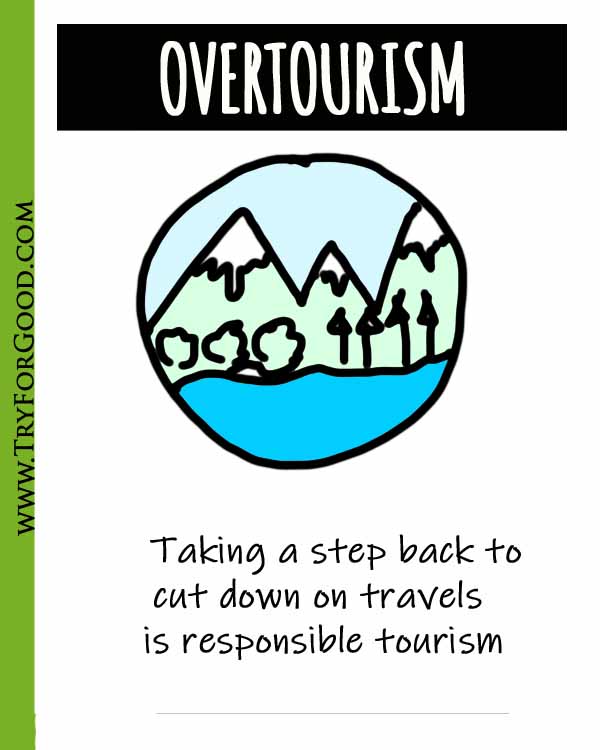
Travel makes a person grow rich with experience. It expands one’s mental horizons and makes one more receptive and adaptive to diversity in nature and mankind. With growth of tourism industry, modes of transportation; travelling far and wide became a craze. What used to be considered once a luxury or a life time opportunity soon became a norm. Youngsters who did not need to accumulate wealth to buy a house or a car started to spend more on travel and share their photos on social media. What used to be real experiences started becoming the digital archives. Going by the theories of travel makes you break away from the mundane, cuts you from the urban hustle-bustle, or makes you more mindful; somewhere started to lose its meaning and purpose. Of course exploring new place, culture, cuisine, having fun, adventure and bonding with families, friends and colleagues does sound exciting and happy. But overtourism makes it annoying, fatiguing, draining finances; besides the immense pressure it puts on the touristy destinations, the people living there and its ecology and environment. Moreover, if the whole idea if revolves around finding happiness through travel or overcoming discontentment through travel; it becomes a materialistic acquisition over a spiritual and lifting experience. All this has been making travel unsustainable- internally and externally.
Thankfully there are some youngsters who have a different outlook on travelling and gaining soulful experiences. They are making some real effort about sustainable tourism. Eco-tourism or responsible tourism is the need of the hour.
One of them is Jigar, who feels that all humans are striving to find fulfillment and we are all interconnected to nature. Jigar has a firm belief that travel is more of an inner journey as much as it is capturing those scenic places. Travel gives an opportunity to evolve, transform, grow and enrich. Jigar is vastly traveled, from Asia Pacific, Europe, Africa, and Canada to South America; but his heart lies in his home Tanzania. Where wildlife, nature, and native people, all live in harmony. He attunes to their the conservation efforts finding great connect to it
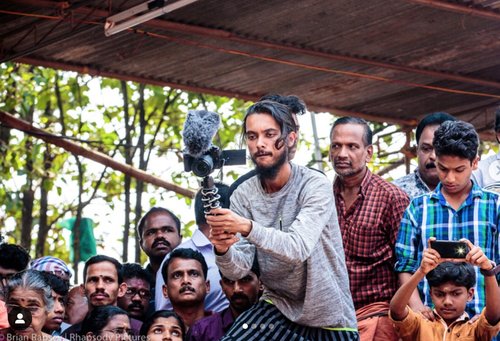
Jigar speaks six languages and considers himself as a digital nomad with the amount of travel and photo and videography he does. He grew up with some identity crisis, which he later realized happens with all 3rd culture kids whose families migrate from country to country. Jigar’s roots are though Indian and that made him travel to India as he grew up. It made him connect with deeper meaning of life through the ancient Vedic wisdom. He says he picked up camera for travelling but now it has gone the other way round. Because it’s his camera which he uses for story-telling, sharing locals experiences, learning from them, soaking into the place, and self-transforming. It’s the same experience and learning that Jigar imparts to other travel and film making enthusiasts.
Jigar Ganatra made documentary movies as he travelled across different parts of the world. He won World Nomads 2017 Travel Film Scholarship. Soon after, he founded Halisia Travels, a company that goes beyond travel by capturing journeys into impactful stories of meaningful experiences- something unique and amazing for aspiring photographers and filmmakers.
